Eugene T. Gendlin, PhD – Focusing (1981)
Eugene Gendlin – Focusing (1981)_2nd Ed.doc
[1 Ebook – Doc]
Description
Eugene T. Gendlin – Focusing (1981)The classic guide to a powerful technique for personal transformation. A BANTAM NEW AGE BOOK SECOND EDITION, NEW REVISED INSTRUCTIONS ISBN-10: 0-553-27833-9 ISBN-13: 978055327 Amazon Focusing Official Website A breakthrough method of “unlocking the wisdom within your body” to solve specific problems and achieve dramatic personal growth and changeBased on groundbreaking research conducted at the University of Chicago, the Focusing technique has gained widespread popularity and scholarly acclaim. It consists of six easy-to-master steps that identify and change the way thoughts and emotions are held within the body. Focusing can be done virtually anywhere, at any time, and an entire “session” can take no longer than ten minutes, but its effects can be felt immediately – in the relief of bodily tension and psychological stress, as well as in dramatic shifts in understanding and insight.In this highly accessible guide, Dr. Eugene Gendlin, the award-winning psychologist who developed the focusing technique, explains the basic principles behind focusing and offers simple step-by-step instructions on how to utilize this powerful tool for tapping into greater self-awareness and inner wisdom. As you learn to develop your natural ability to “focus,” you’ll find yourself more in sync with both mind and body, filled with greater self-assurance, and better equipped to make the positive changes necessary to improve and enhance every aspect of your life.This original, innovative program of self-therapy enables you to tap into your deepest level of wisdom, the “gut-level” knowledge that already exists within your body. By accessing this subliminal body-mind awareness (or “felt sense”) that lies beyond thoughts and feelings, you can get to the root of the conflicts within you, gain a fuller comprehension of your unresolved problems, and solve them.Focusing is a mode of inward bodily attention that most people don’t know about yet. It is more than being in touch with your feelings and different from body work. Focusing occurs exactly at the interface of body-mind. It consists of specific steps for getting a body sense of how you are in a particular life situation. The body sense is unclear and vague at first, but if you pay attention it will open up into words or images and you experience a felt shift in your body.In the process of Focusing, one experiences a physical change in the way that the issue is being lived in the body. We learn to live in a deeper place than just thoughts or feelings. The whole issue looks different and new solutions arise.Quote:… An effective method in itself, it is also valuable in conjunction with a variety of psychotherapies, with biofeedback, with meditation, to unblock the creative process and define problems. In short, Focusing works for any form of “stuckness”. … http://www.focusing.org/focusingbook.html ……………………………….WHAT IS FOCUSING?Focusing is direct access to a bodily knowing. The inner act of focusing can be broken down into six main sub-acts or movements. As you gain more practice, you won’t need to think of these as six separate parts of the process. To think of them as separate movements makes the process seems more mechanical than it is – or will be, for you, later. I have subdivided the process in this way because I’ve learned from years of experimenting that this is one of the effective ways to teach focusing to people who have never tried it before.Think of this as only the basics. As you progress and learn more about focusing you will add to these basic instructions clarify them, approach them from other angles. Eventually – perhaps not the first time you go through it – you will have the experience of something shifting inside. So here are the focusing instructions in brief form, manual style. If you want to try them out, do so easily, gently. If you find difficulty in one step or another, don’t push too hard, just move on to the next one. You can always come back.……………………………….SIX-STEP PROCESS:1. Clearing a spaceWhat I will ask you to do will be silent, just to yourself. Take a moment just to relax . . . All right – now, inside you, I would like you to pay attention inwardly, in your body, perhaps in your stomach or chest. Now see what comes there when you ask, “How is my life going? What is the main thing for me right now?” Sense within your body. Let the answers come slowly from this sensing. When some concern comes, DO NOT GO INSIDE IT. Stand back, say “Yes, that’s there. I can feel that, there.” Let there be a little space between you and that. Then ask what else you feel. Wait again, and sense. Usually there are several things.2. Felt SenseFrom among what came, select one personal problem to focus on. DO NOT GO INSIDE IT. Stand back from it. Of course, there are many parts to that one thing you are thinking about – too many to think of each one alone. But you can feel all of these things together. Pay attention there where you usually feel things, and in there you can get a sense of what all of the problem feels like. Let yourself feel the unclear sense of all of that.3. HandleWhat is the quality of this unclear felt sense? Let a word, a phrase, or an image come up from the felt sense itself. It might be a quality-word, like tight, sticky, scary, stuck, heavy, jumpy or a phrase, or an image. Stay with the quality of the felt sense till something fits it just right.4. ResonatingGo back and forth between the felt sense and the word (phrase, or image). Check how they resonate with each other. See if there is a little bodily signal that lets you know there is a fit. To do it, you have to have the felt sense there again, as well as the word. Let the felt sense change, if it does, and also the word or picture, until they feel just right in capturing the quality of the felt sense.5. AskingNow ask: what is it, about this whole problem that makes this quality (which you have just named or pictured)? Make sure the quality is sensed again, freshly, vividly (not just remembered from before). When it is here again, tap it, touch it, be with it, asking, “What makes the whole problem so ___?” Or you ask, “What is in this sense?”If you get a quick answer without a shift in the felt sense, just let that kind of answer go by. Return your attention to your body and freshly find the felt sense again. Then ask it again. Be with the felt sense till something comes along with a shift, a slight “give” or release.6. ReceivingReceive whatever comes with a shift in a friendly way. Stay with it a while, even if it is only a slight release. Whatever comes, this is only one shift; there will be others. You will probably continue after a little while, but stay here for a few moments.IF DURING THESE INSTRUCTIONS SOMEWHERE YOU HAVE SPENT A LITTLE WHILE SENSING AND TOUCHING AN UNCLEAR HOLISTIC BODY SENSE OF THIS PROBLEM, THEN YOU HAVE FOCUSED. It doesn’t matter whether the body-shift came or not. It comes on its own. We don’t control that.……………………………….APPLICATIONS OF FOCUSING AND ITS BENEFITSIN PSYCHOTHERAPY-RELATED DISCIPLINES: Focusing refers to the simple matter of holding a kind of open, non-judging attention to something which is directly experienced but is not yet in words, unclear, pre-verbal sense of “something”, as that something is experienced in the body and which is not-yet-articulated knowing. Focusing is always more than any attempt to express it verbally. Once the person had accurately identified this felt sense, new words would come, and new insights into the situation. There would be a sense of felt movement (the felt shift), and the person would begin to be able to move beyond the “stuck” place, having fresh insights, and perhaps action steps. The Focusing process makes a felt sense more tangible and easier to work with. Focusing can be used to become clear on what one feels or wants. Focusing could be used as a good, working “un-stucking/ un-blocking” tool for people who have difficulties in identifying their emotion to work on, such as, over-analytical people, who cannot differentiate between their feelings and thoughts, and for emotionally-numb or “dis-associated” people, who are unable to feel anything (which is in itself could have roots in emotional or psychological traumas). Focusing brings insight and relief, but that’s not all it brings; It also brings new behavior. Additionally, the therapist can pay attention to his/her own felt sense as a source of information and insight during the therapy process. Focusing is set apart from other methods of inner awareness by three qualities: something called the “felt sense”, a quality of engaged accepting inner attention , and a philosophy of what facilitates change – “felt shift”. OTHER APPLICATIONS OF FOCUSING:Focusing happens in other domains besides therapy. Attention to the felt sense naturally takes place in all manner of processes where something new is being formed: for example in creative process, learning, thinking, and decision making.Through practicing the self-exploration and self-discovery provided in Focusing, one may gain deep insights into problems, gradually heal old wounds, and become more whole as a person. Focusing has also been used as a resource for spiritual growth, a means of deepening personal relationships and communication skills, a technique for reducing stress and preventing burnout, a method for tapping into your creativity, and a vehicle for decision-making and overcoming procrastination or writer’s block. Whatever the problem of situation, Focusing has been used successfully with every kind of life issue, past, present, or future.Focusing can be successfully used in any kind of therapeutic situation, including peer-to-peer and self-help sessions. It also can be used as a basic skill to use as an aid in other kinds of psychotherapy or self-development. Related torrents on elib:AUDIO: Eugene Gendlin – Focusing: Complete 90 minute Introduction. in MP3 and in FLAC……………………………….Keywords: Focusing, Felt sense, Gut-feeling, Access to a Bodily Knowing, Inner Awareness, Self-Awareness, Inner Wisdom, Self-help Wisdom, Mind-Body Connection
You must be logged in to post a review.

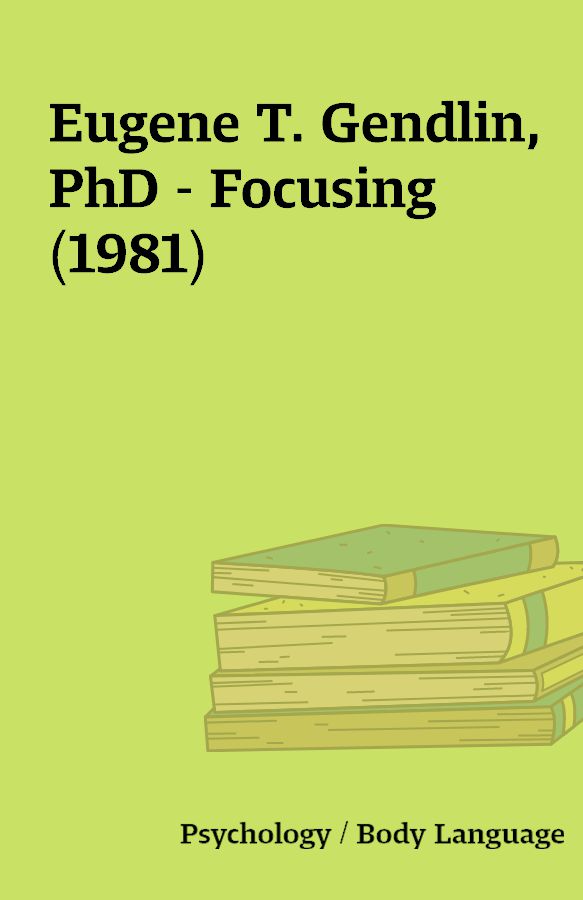
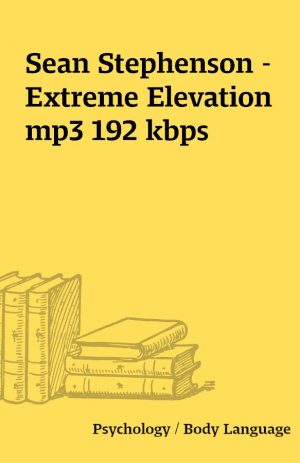
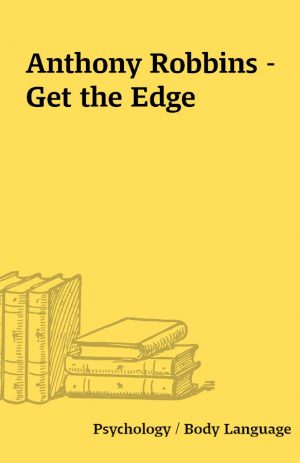
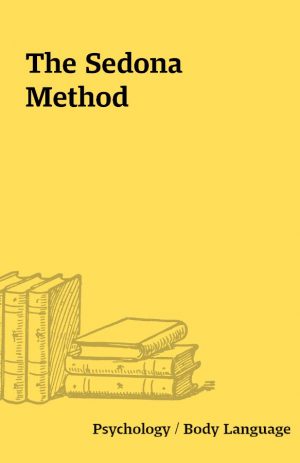
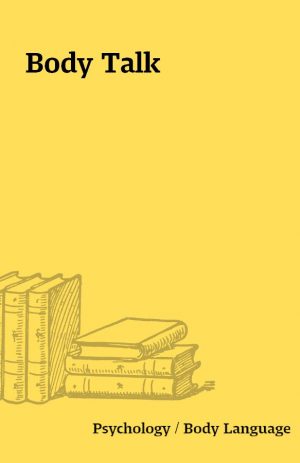
Reviews
There are no reviews yet.